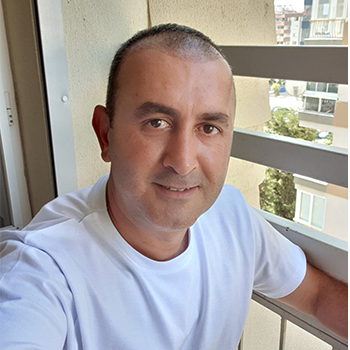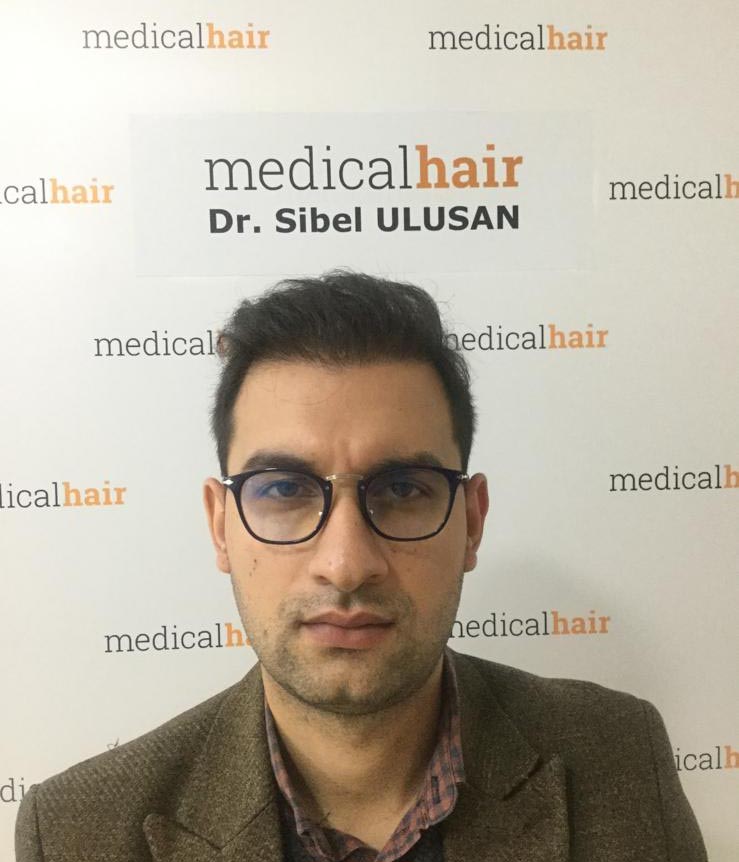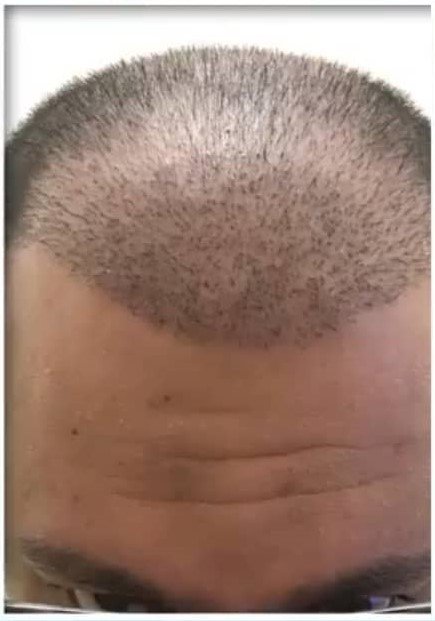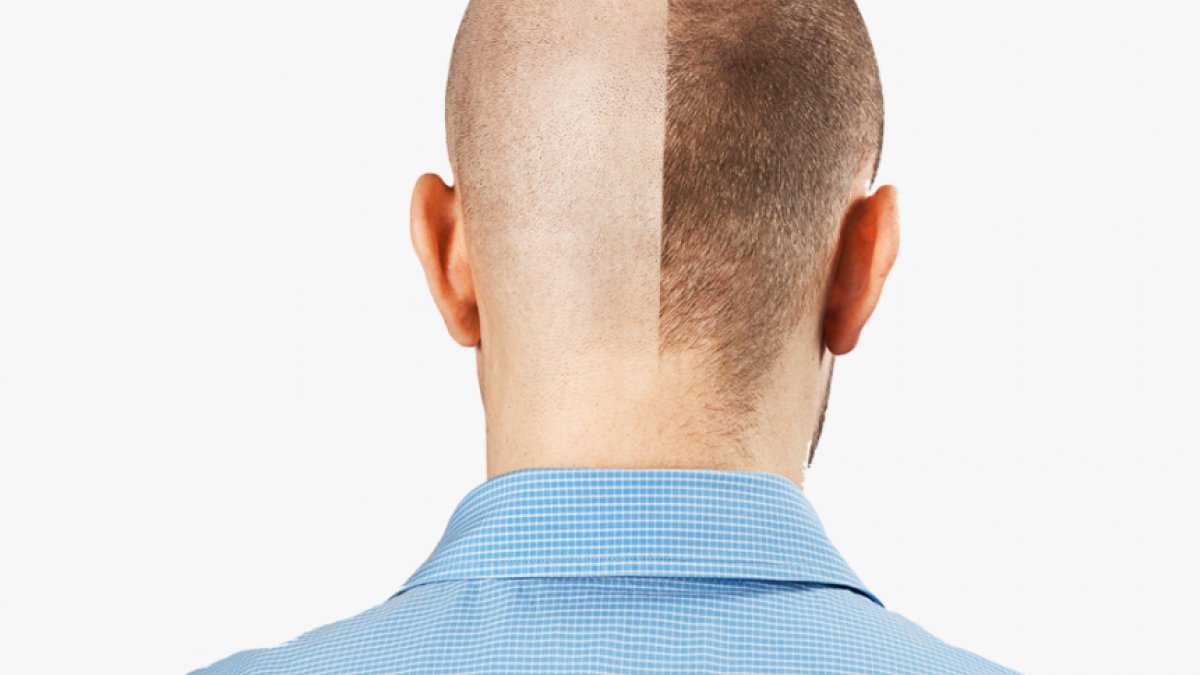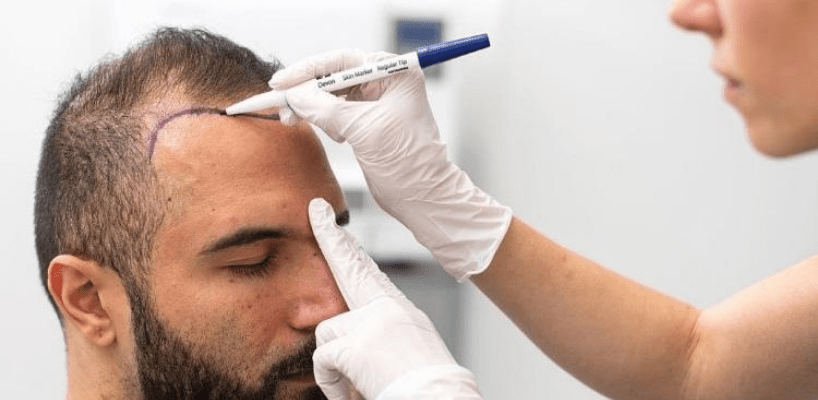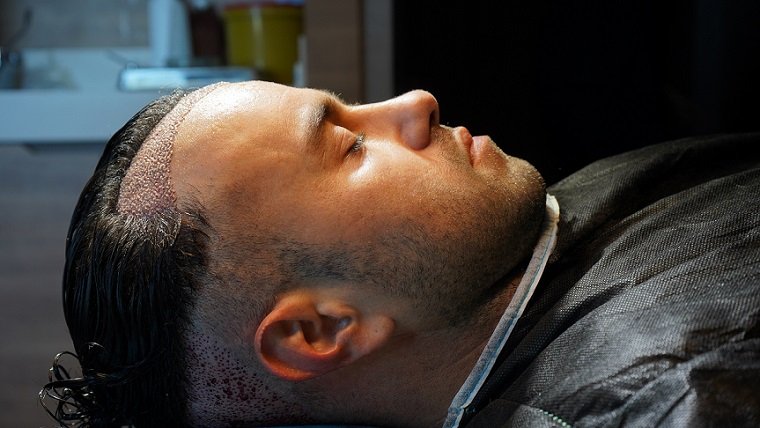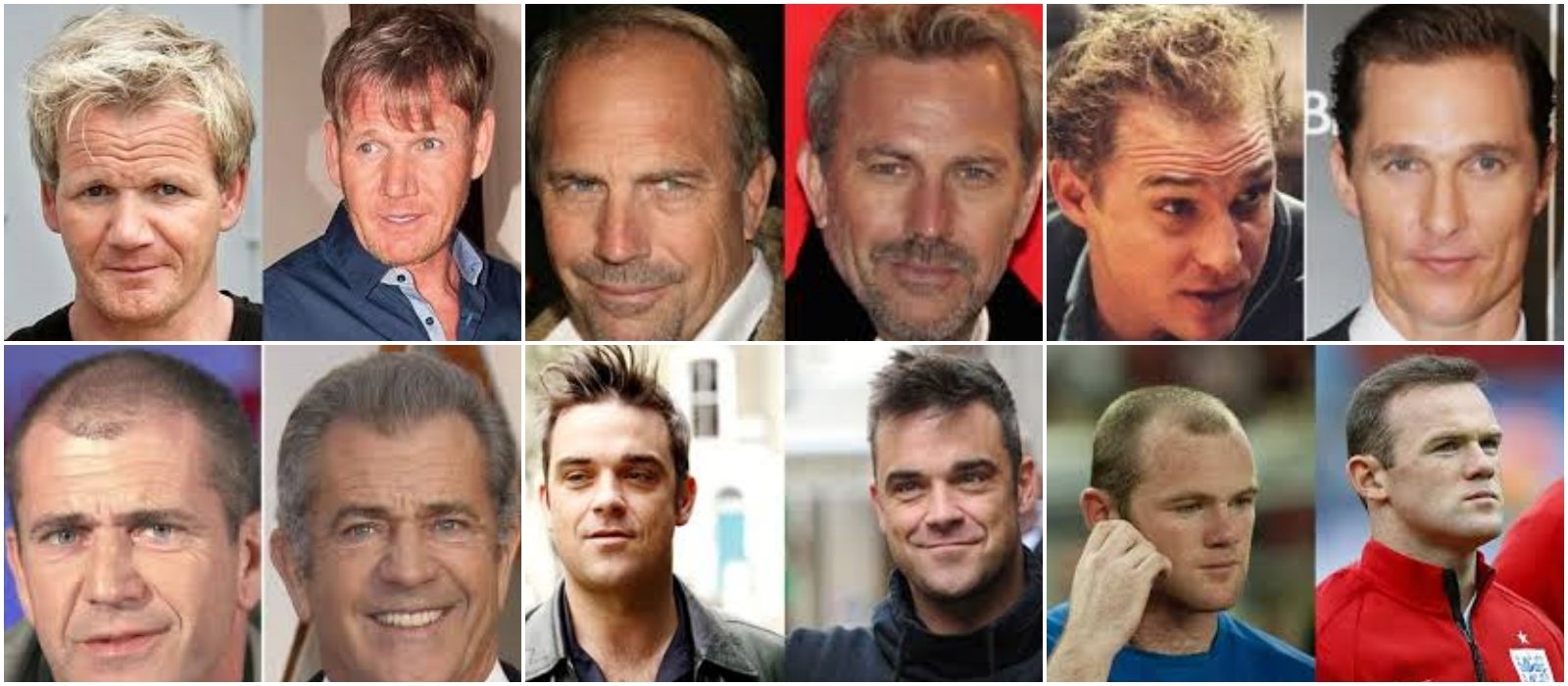Hair Transplant
Get a QuoteBy Bahar Ozbal • Medical review by Gold City Hair Transplant on September 11, 2023
Get a Quote
Quick Facts
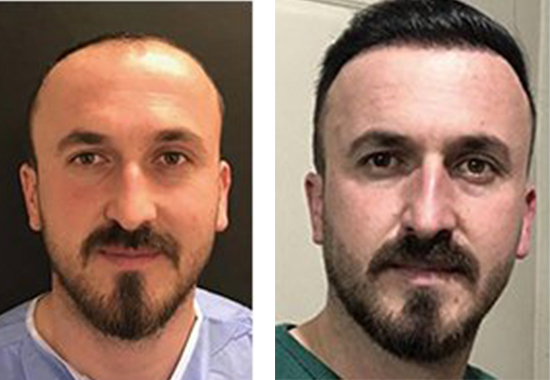
It is the result of a hair transplant performed by Emphair Hair Transplant Clinic. For reference purposes only, results may vary.
Hair Transplant Before & After PhotosDoctors
Most Active Doctors on NewMe
Real Reviews
Most Related Review
I will be at Turkey at 22.10 and planning to have hair transplant at 24.10 but I just want to make sure if i am suitable for hair transplant.
Hi. I will come to Turkey from India at 22.10 and want to have a hair transplant at 24.10. My question is; I wonder if i am suitable for hair transplant since i was told by some clinics that I may not be very suitable because of my vartex area open and i dont have enough donors. Thanks for your answer already.
Read MoreThere is a wound on the scalp and there is hair loss
I have a problem of hair loss on the scalp, can you help with this? Is it possible to have a hair transplant? Or is another treatment available?
Read MoreSome parts of my hair are feather-shaped. Is it possible to transplant hair to this part?
Hello, I'm 43 years old... I was diagnosed with LUPUS as a misdiagnosis in the past and my doctor had taken very heavy LUPUS drugs for 3 months. I lost a lot of hair, I lost incredible weight, etc. After that, my hair did not regain its original form. In the parts in the photo it comes out as a feather, my hair cannot grow. In other parts, my hair is quite thick and healthy. What can be done for these parts? Is it a hair transplant or is there any other treatment? Thank you in advance.
Read MoreThe front of my hair didn't grow like the other sides after the hair transplant. Is this related to transplantation?
<p dir="ltr">Hello, I had a hair transplant 1 and a half months ago. I used to have a little hair on the front line, now after the transplantation, the neck and sides grew fully but the front side did not. Does this have anything to do with the process?</p>
Read MoreThe hair transplant was not the way I wanted, is a second transplant possible?
I had a hair transplant 8 years ago. My non-planted hair started to fall out too. Anyone can tell it's hair transplant. Can a natural look be achieved with a second hair transplant?
Read More
I will be at Turkey at 22.10 and planning to have hair transplant at 24.10 but I just want to make sure if i am suitable for hair transplant.
Hi. I will come to Turkey from India at 22.10 and want to have a hair transplant at 24.10. My question is; I wonder if i am suitable for hair transplant since i was told by some clinics that I may not be very suitable because of my vartex area open and i dont have enough donors. Thanks for your answer already.
Read More
There is a wound on the scalp and there is hair loss
I have a problem of hair loss on the scalp, can you help with this? Is it possible to have a hair transplant? Or is another treatment available?
Read More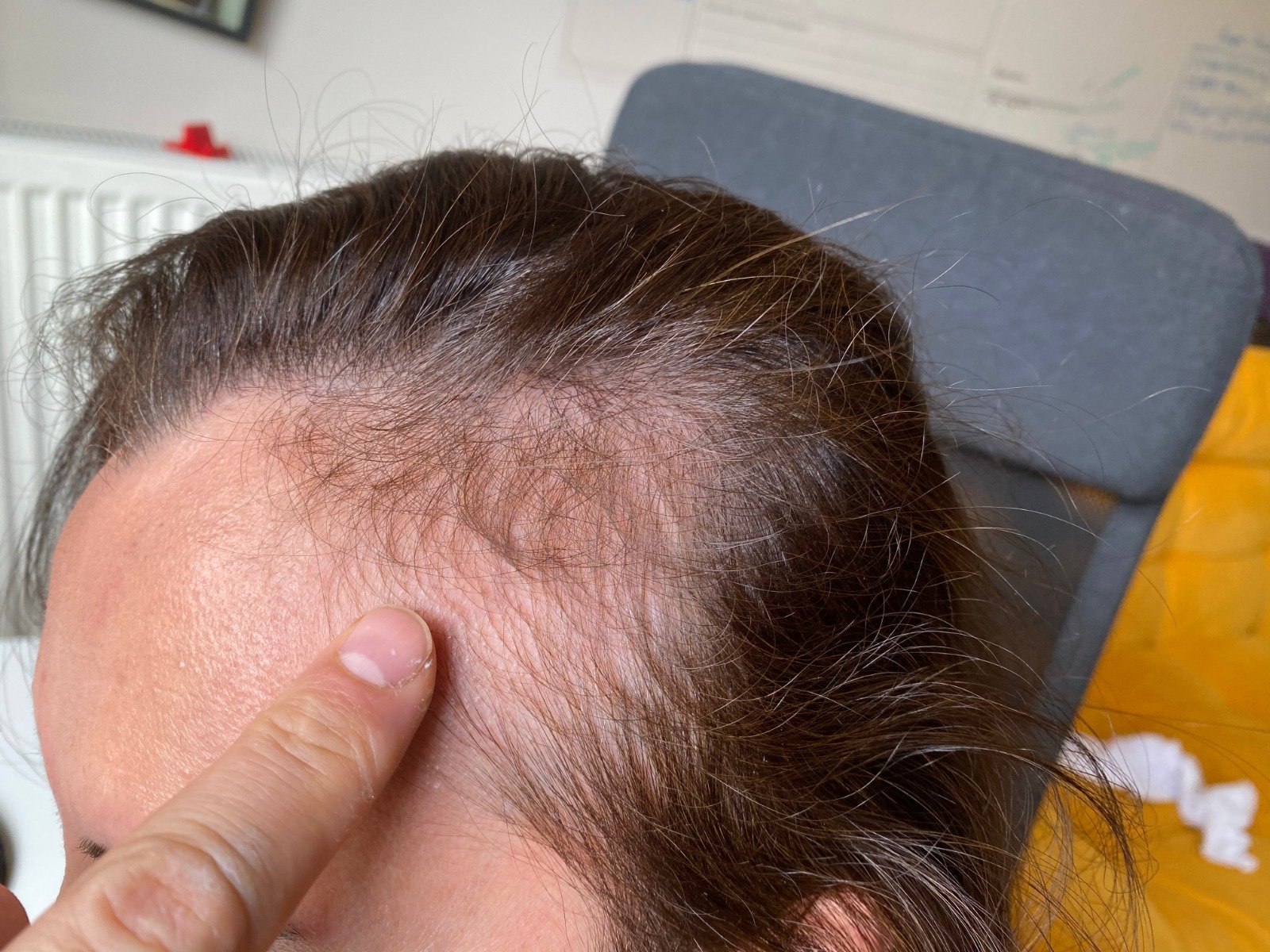
Some parts of my hair are feather-shaped. Is it possible to transplant hair to this part?
Hello, I'm 43 years old... I was diagnosed with LUPUS as a misdiagnosis in the past and my doctor had taken very heavy LUPUS drugs for 3 months. I lost a lot of hair, I lost incredible weight, etc. After that, my hair did not regain its original form. In the parts in the photo it comes out as a feather, my hair cannot grow. In other parts, my hair is quite thick and healthy. What can be done for these parts? Is it a hair transplant or is there any other treatment? Thank you in advance.
Read More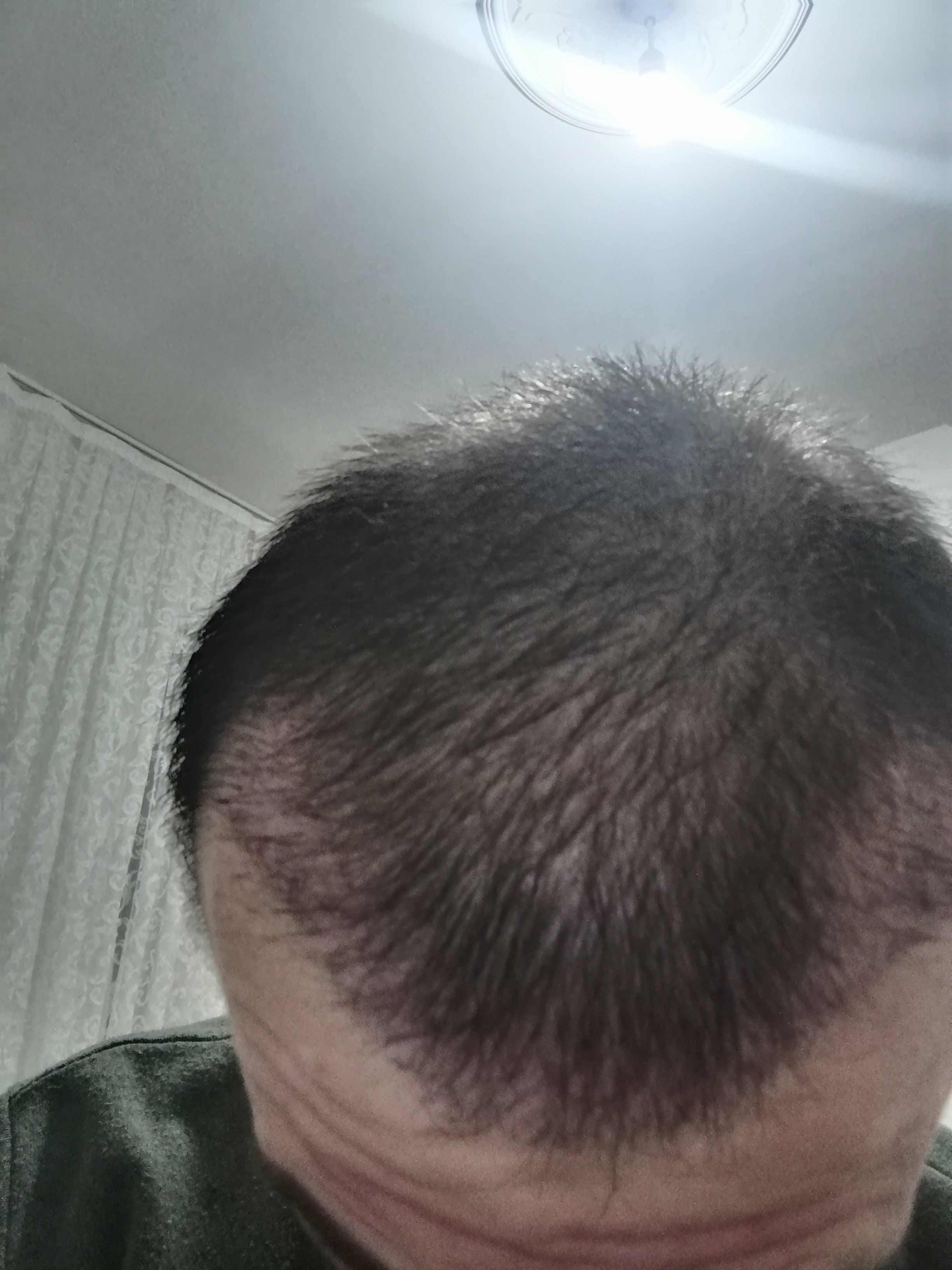
The front of my hair didn't grow like the other sides after the hair transplant. Is this related to transplantation?
<p dir="ltr">Hello, I had a hair transplant 1 and a half months ago. I used to have a little hair on the front line, now after the transplantation, the neck and sides grew fully but the front side did not. Does this have anything to do with the process?</p>
Read More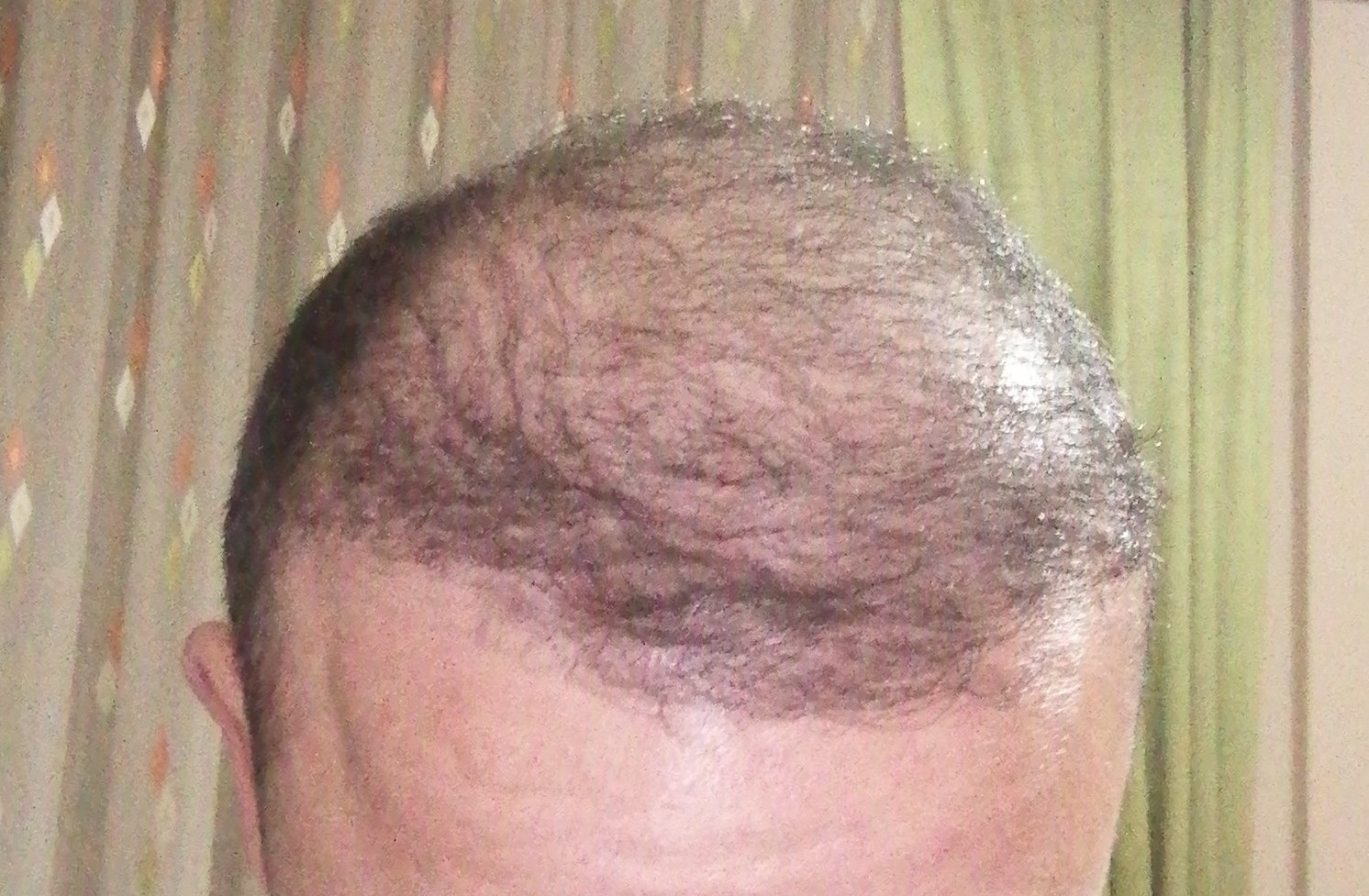
The hair transplant was not the way I wanted, is a second transplant possible?
I had a hair transplant 8 years ago. My non-planted hair started to fall out too. Anyone can tell it's hair transplant. Can a natural look be achieved with a second hair transplant?
Read MoreAll About Hair Transplant
What is Hair Transplant ?
Hair transplantation technique generally requires removal of an elliptical-shaped flap of scalp from the occiput, or back of the patient's and inserted in very small slits, or openings, formed in the patient's scalp where it is desired to have the grafts implanted.
Hair transplant surgery is the most effective and permanent solution for the ones who are suffering from pattern baldness or hair loss. The procedure is also called as; hair restoration, hair grafting, hair replacement, hair surgery or hair implants.
There are numerous reasons why both men and women might experience hair loss (alopecia). Anything from medical conditions to hormonal changes to stress, heredity or a normal part of aging can be a reason for hair loss.
Anyone can lose hair but it's more common in men. Androgenetic alopecia is another term which is a very common cause of both male or female pattern hair loss. Androgenetic alopecia is generally correlated with hormones.
It can start at any point after puberty. Many females can experience androgenetic alopecia after going through the menopause.
Alopecia areata is another term used to describe patchy hair loss. It typically begins suddenly with one or more round bald patches around the head or body.
Cicatricial hair loss is correlated with scarring. Hair falls out and the follicle is replaced with scar tissue.
Traumatic alopecias cause hair loss as a result of hair styling practices. The hair shaft may break after hair styling procedures.
Who Might want to Get Hair Transplant?
The following people may consider a hair transplant:
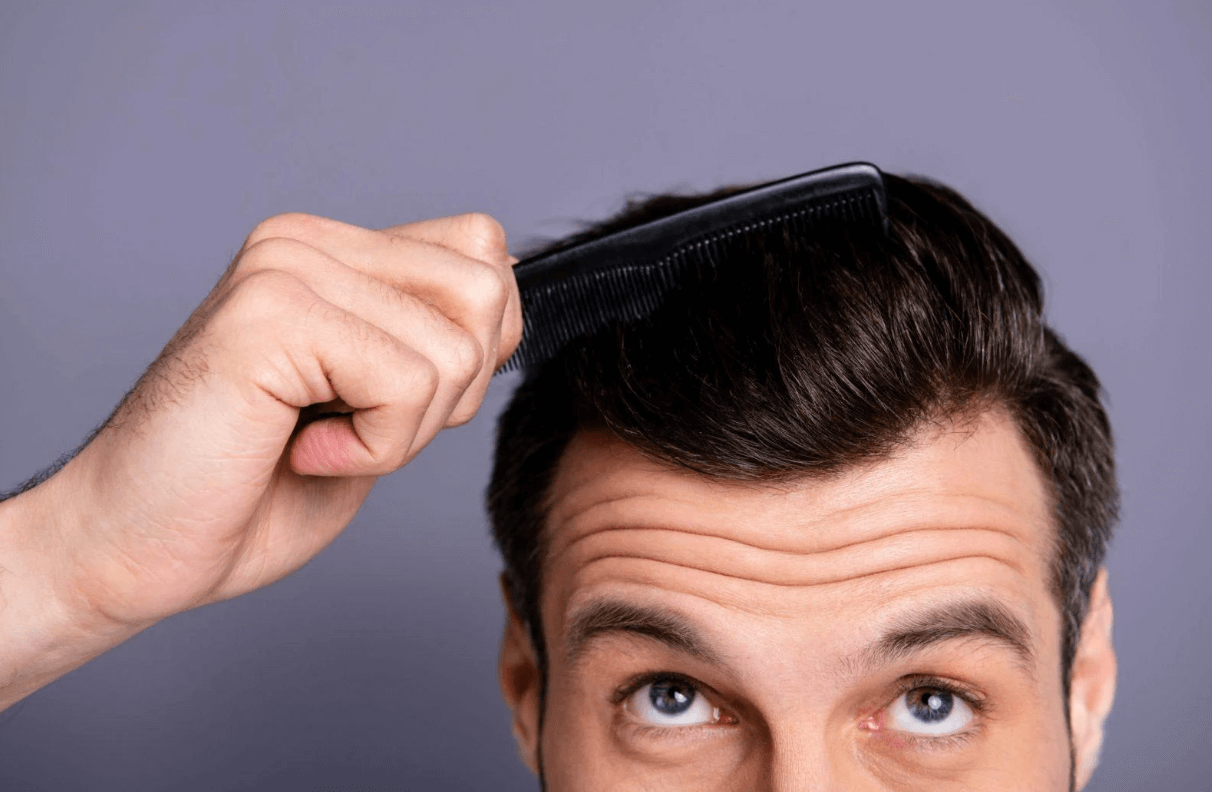
-
People with male pattern baldness or female pattern baldness.
-
People who experience hair loss due to head scarring, scalp injuries, or cosmetic surgery procedures.
-
Those who need revision hair transplantation
-
And those who will feel better after having a hair transplant
Who are the Right Candidates for Hair Transplant?
The best hair transplant candidates are in their late 20s or older. The ideal candidate has to get enough healthy donor hair both at the back and sides of the head to serve as donor areas. Hair transplant is not advised in patients younger than 25 as younger patients tend to have unrealistic expectations.
Hair transplantation is only considered as a minor surgery, however, there are still risks involved and being in optimum health is very important. If you don’t have some health problems such as diabetes, blood pressure, heart, liver and kidney failure then you can be a good candidate.
The cause of your hair loss will determine if you’re suitable for a hair transplant. If you have stress-related hair loss then it is better not to consider hair transplant (as the situation is not permanent).
But if you have been losing hair due to male pattern baldness for a few years, then this will make you a perfect hair transplant candidate.
Hair colour, texture and waviness or curliness may affect the result of the hair transplant. Your surgeon will discuss how well a hair transplant will work on your colour and type of hair.
How Should You Prepare for Hair Transplant?
If you have decided on hair transplantation, you can do the following in the preparation process for hair transplantation:
Massage your Head: Two weeks before your procedure, if you massage your scalp for 10-20 minutes a day, this can increase blood circulation and help you have a more successful surgery. This will stimulate the follicles and increase the elasticity of your scalp.
Stay Out of the Sun: Protect your head from the sun before your procedure. Hair transplantation on healthy, unburned skin gives better results. Protect yourself with a hat or umbrella
Quit Alcohol: One week before your hair transplant, stop drinking alcohol.
Stop Taking Supplements: Do not take medication without consulting your doctor before the surgery and be sure to tell your doctor about the supplements you take.
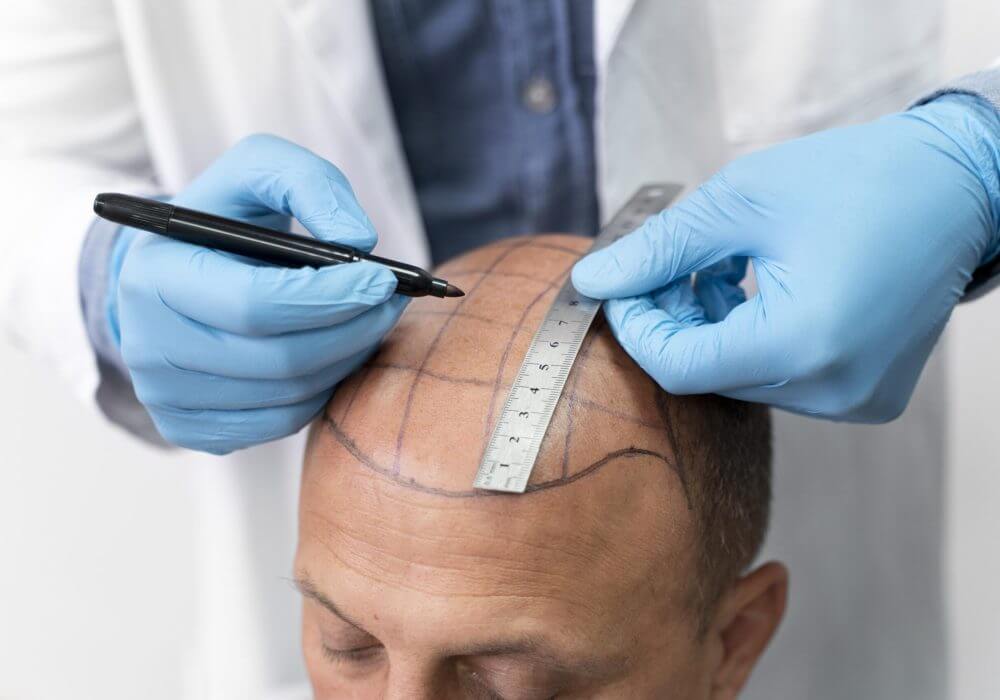
Quit Smoking: Smoking can slow down your healing process. It is best to quit smoking at least two weeks before hair transplantation.
Do not take Blood Thinners: Just as you are under a full-blown anaesthetic, you should not take any medicine that will thin your blood. This reduces the risk of excessive bleeding, in case something happens to you during your procedure.
Quit Hair Loss Medicines: Your doctor will inform you which drugs can be taken in the weeks before your hair transplant surgery and which cannot be used before the procedure.
Follow Your Doctor's Instructions: You will be given specific instructions prior to your procedure. Strictly obey.
What Happens Before Hair Transplant Procedure?
The first of the criteria to be done before the hair transplant operation is examination and planning. The purpose of the first examination before hair transplantation; is to determine the cause of hair loss correctly and to determine the patient's needs correctly.
The first examination starts with a detailed anamnesis and anamnesis; It includes information such as the patient's age, chronic diseases, medications, smoking, alcohol use, allergy status and hair loss history.
Whether the patient is suitable for hair transplantation, how many grafts he will need, the hair transplantation plan is determined after the first examination, which is very important, and after the patient's entire history is investigated, appropriate treatment is performed.
What Happens During Hair Transplant Procedure? How is Hair Transplant Done?
Depending on the size of the transplant you’re getting, the process will take about 3 to 8 hours and local anaesthesia is used for the entire procedure.
You will be asked to shampoo your head a type of surgical scrub on the day before, and on the morning of the surgery.
Just before the surgery, "donor area" will be trimmed short so that the grafts can be easily accessed and removed. After that the local anaesthetic solution is injected just below the donor area.
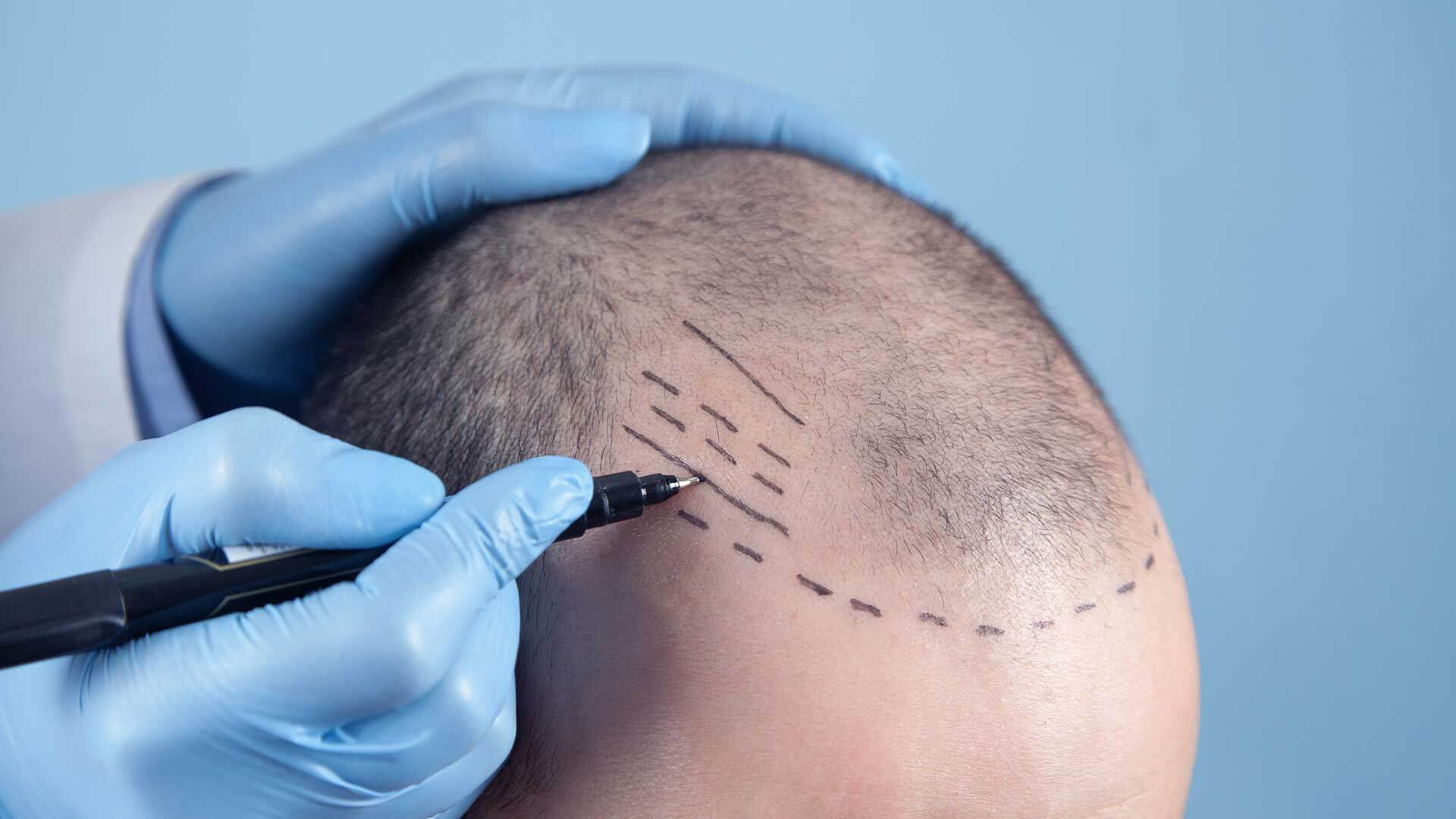
Your surgeon will remove small sections of hair-bearing scalp, which will be divided into tiny sections and transplanted into tiny holes or slits within the scalp. Normal saline will be injected to the donor area to maintain proper skin strength. This will minimize bleeding.
After the donor grafts are obtained, normal saline will be injected to the recipient area to tumesced. To minimize bleeding and pain, should be turgid before slits or holes are made.
Your surgeon will follow the direction of the existing hair while creating tiny holes with tiny blades or needles slits in the recipient area. After, the grafts (containing one to three hairs) will be placed in each hole.
As the grafting session is complete, the scalp will be cleansed and covered with gauze. You may have to wear a pressure bandage for a day or two.
What Happens After Hair Transplant Procedure?
After hair transplantation, you are discharged. Many center will transfer you to your hotel after the hair transplant. The next day, your control and dressing is done.
On the 3rd day after transplantation, you are taken from your hotel to the hospital and your first hair wash is done in the hospital and your instructions are given.
Doctor tells you what to watch out for. Most hair transplant centers ask you to stay in Turkey for 4 days and 3 nights and then you will be transferred to the airport.
How Much Does Hair Transplant Cost?
Hair transplant cost depends on the operation technique selected, size of the area to be operated, number of hair grafts needed, the device used, surgeon and clinic fees.
Worldwide hair transplant cost range differs from $25 to $30,000. In Turkey the average price per graft varies from $0.2 to $1. Both FUT and FUE techniques are used and the average cost is between $2500- $3000 (Us dollar) meanwhile the average cost worldwide is $7,250.
How Long is Hair Transplant Recovery Period?
One of the frequently asked questions by those who are considering a hair transplant is the recovery period. Although the hair transplant recovery process differs from person to person, the patient can return to his normal life two to three days after the end of the hair transplant.
After hair transplantation, the crust that binds to the area falls off within ten days. The redness and itching complaints encountered in the first stage disappear in a short time. After two to three months, a shock shedding phase is experienced.
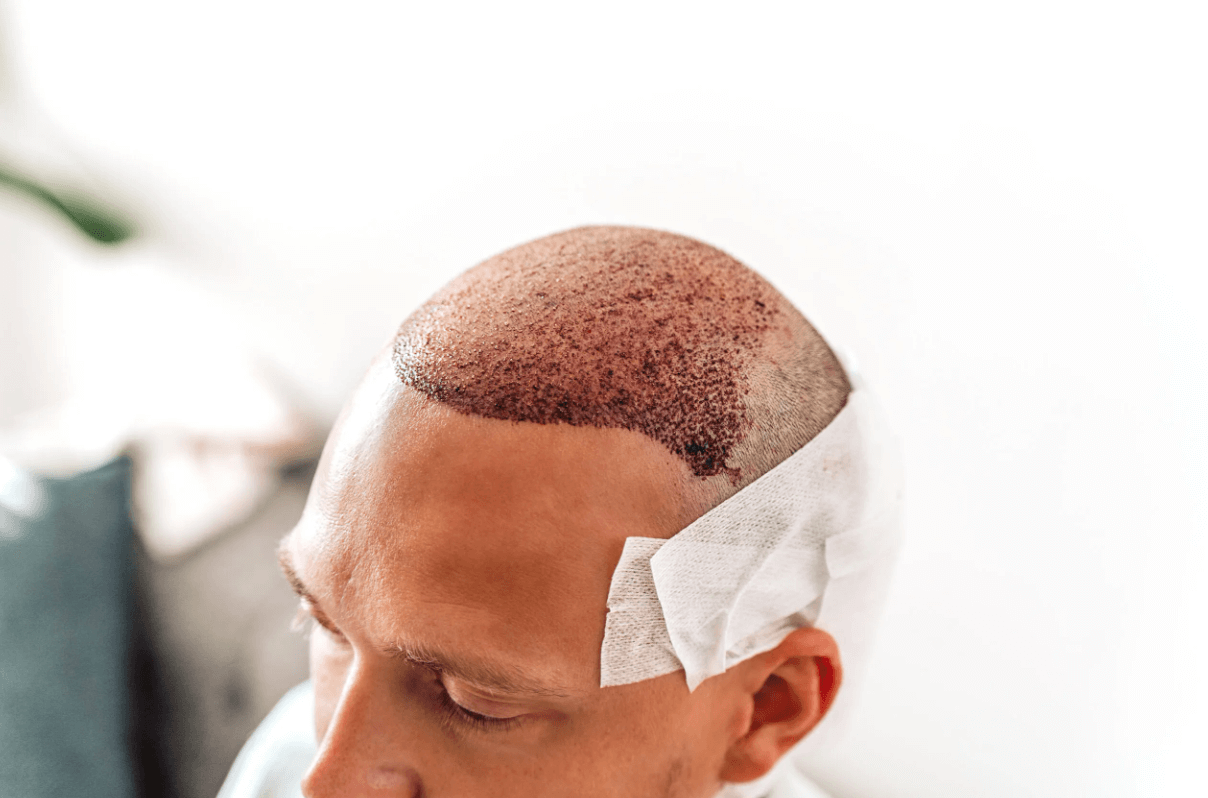
After this completely normal process, the transplanted hair begins to grow. The completion of the hair transplant process takes approximately one year.
Following the information given to you by your doctor about the healing process after hair transplantation will ensure that the treatment reaches a permanent result.
The fact that the doctor performing the operation is an expert in the field plays a major role in the hair transplant recovery process.
What are the Pros and Cons of Hair Transplant?
Pros:
-
It provides successful results in cases where other hair loss treatments do not work.
-
It is successful in the treatment of hair loss in large areas.
-
Unlike other treatments, it can be applied even in the later stages of hair loss.
-
You get natural looking hair.
-
It is suitable for both men and women.
-
After your hair starts to grow again, it does not fall out.
Cons:
-
Long hair transplant process
-
Cost
-
Recovery time
-
Scarring may remain (in general FUT operations and unsuccessful FUE operations)
-
It takes a long time for new hair to grow
-
The hair around the transplanted area may fall out after a while if it is not done in a specialist center.
Is Hair Transplant Painful?
Hair transplant procedure is carried out with local anesthesia; and if needed it can also be done under sedation as well. You will not feel any pain during the surgery.
After hair transplant surgery it will take a few days for the pain to subside which can be managed by painkillers.
What is the Ideal Season for Hair Transplant?
You can have your hair transplant any time you want. Only in some months and seasonal transitions you need to pay extra attention during the recovery time. For best hair transplant results;
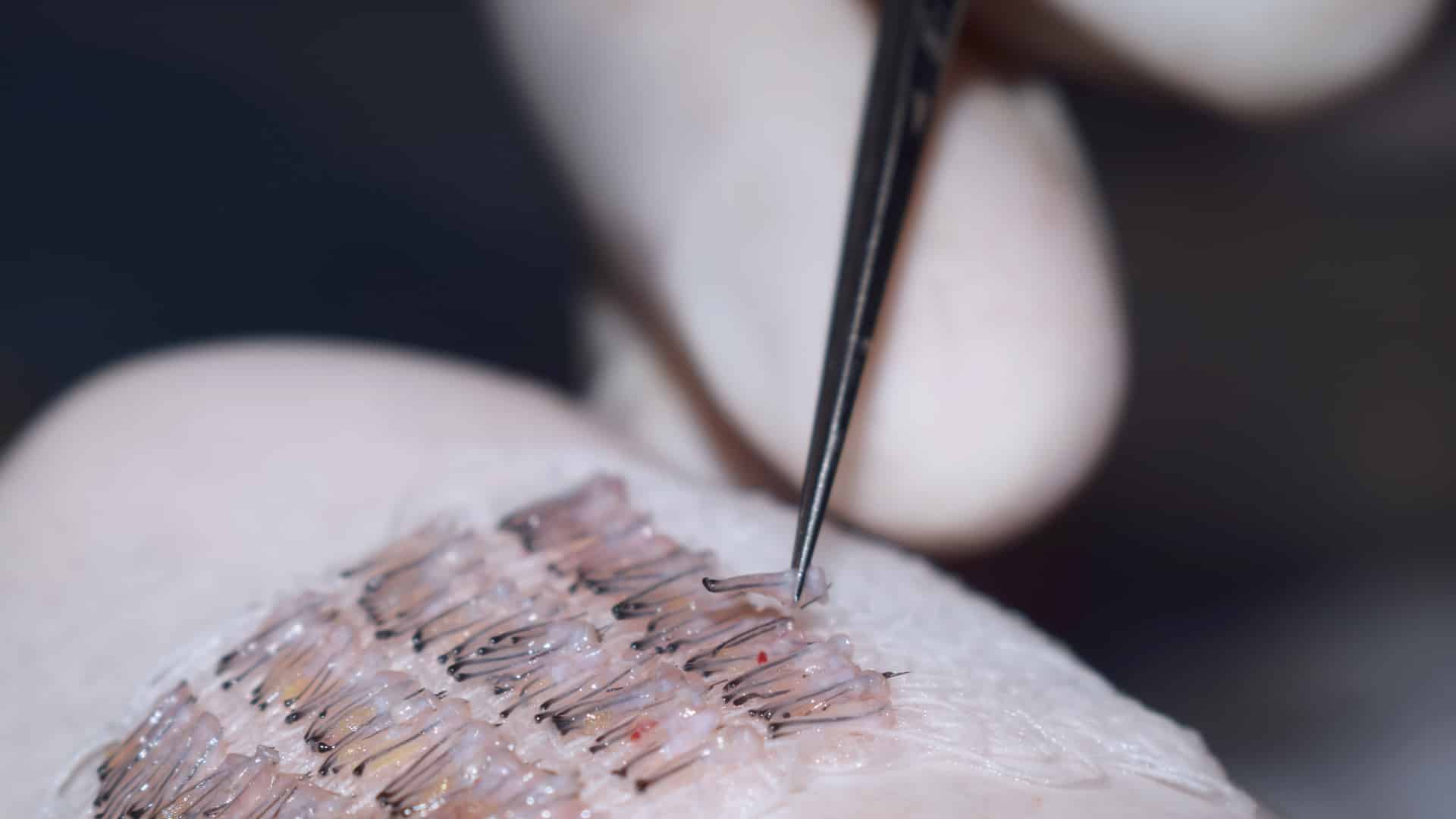
If you are planning to get your hair transplant during summer time than; protect your head from UV lights. At least 10 days avoid direct sun lights. Cancel your swimming vacation for at least 15 days after the surgery.
What are the Complications and Side Effects of Hair Transplant Surgery?
Beside the advantages of hair transplant surgery there are some little points that can be considered as disadvantages.
The very first disadvantage of hair transplant procedure is the long waiting period. It takes around 3-4 months for the whole procedure to be completely done.
Secondly no one can give you guarantee that the surgery will match your expectations. You can get into a lot of problems as hair transplantation is a surgical procedure if you are not working with a qualified surgeon.
The hair transplant cost is another disadvantage of the surgery. The costs vary from person to person and it is quite expensive compared to other cosmetic treatments. Hair transplantation demands a lot of expenditure starting from the very beginning and even after the surgery ends.
Another disadvantage of hair transplantation is there exists many side effects run parallel during the treatment. Such as itching, pain, numbness, non-acceptance of a foreign tissue, etc.
How Long Does A Hair Transplant Last?
Hair transplant is a permanent solution and can last a lifetime if the hair graft is harvested from the safe zone. Hair graft collected from the safe zone does not exist DHT.
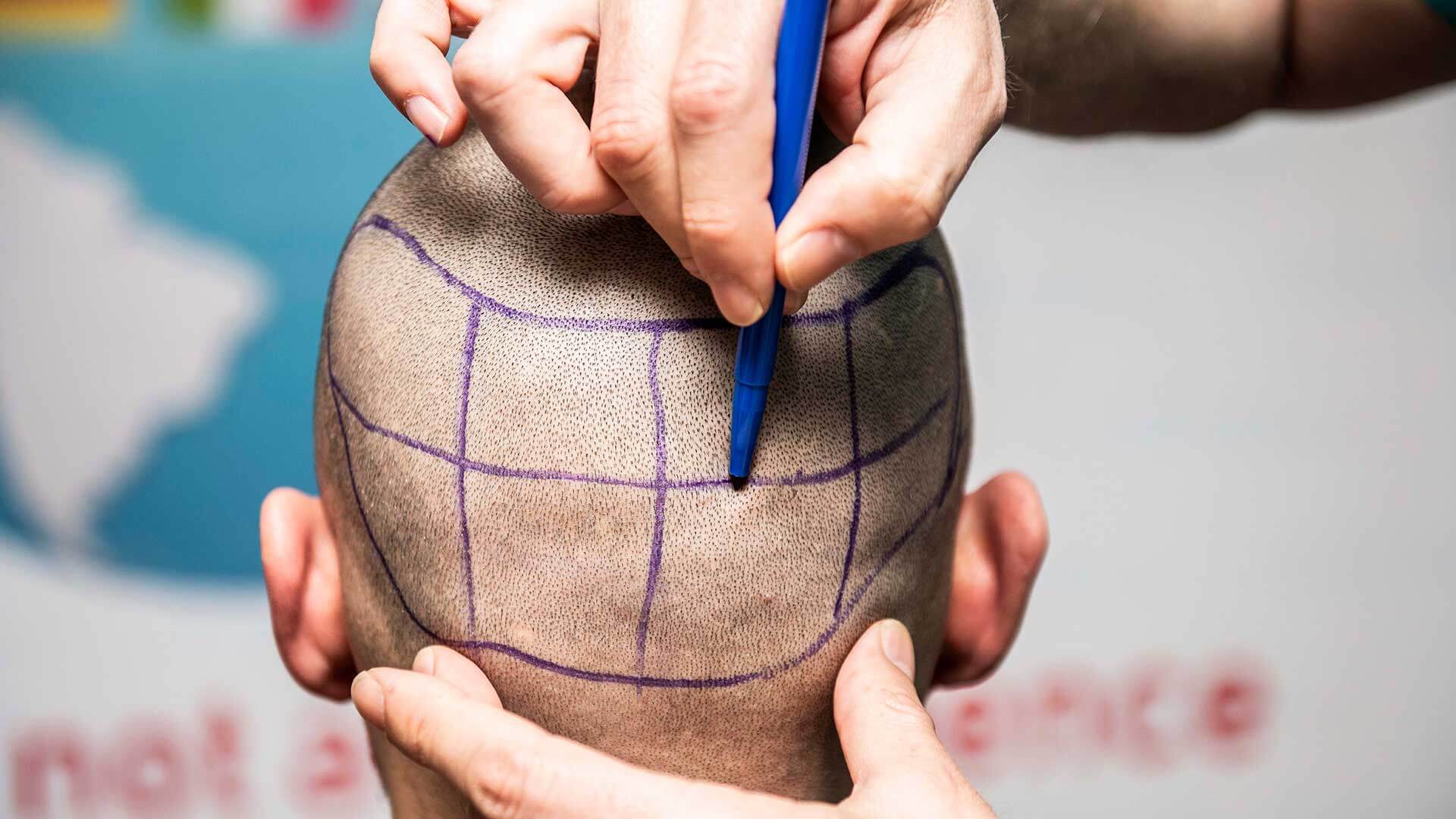
DHT is the receptor that causes hair loss. The requirement of grafts is dependent on a number of factors such as age of the patient, grade of baldness, family history, condition of donor hair, etc..
You may not need an extra session if you protect your existing hair from further hair loss.
What is the Best Age to Have a Hair Transplant?
Although age is no bar for hair transplantation, the pros and cons of a transplant need to be carefully evaluated in the younger patients. Who are in their late 20s or older are the best aged candidates for hair transplant surgery.
Does the Transplanted Hair Fall Out?
Regardless of whether FUT or FUE is performed, the hair grafts and the existing hairs can temporarily shed roughly three weeks post op.
This occurrence is called “effluvium” or “shock loss”. Shock loss causes 80% to 95% of the hairs to fall out after that the follicles will lie dormant from three to eight months.
This is the unavoidable part of the hair restoration process and it is temporary. Although it can be disconcerting to see the hairs shed after a hair restoration procedure, try to remember that this is a good sign of progress.
Planted hairs need time to mature and will grow at different rates. The grafts will remain in the place they have been shifted to and in just a few short months, the follicles will revive from their dormant state and new hair will sprout.
Written on 01/01/2018
-
Last Update: 20/10/2023

 Ask a Doctor
Ask a Doctor
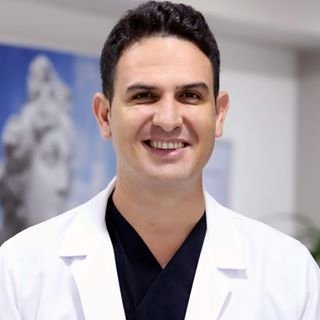










 Satisfied
Satisfied
